Nasushiobara City, Tochigi栃木県那須塩原市
Living in Nasushiobara City, Tochigi
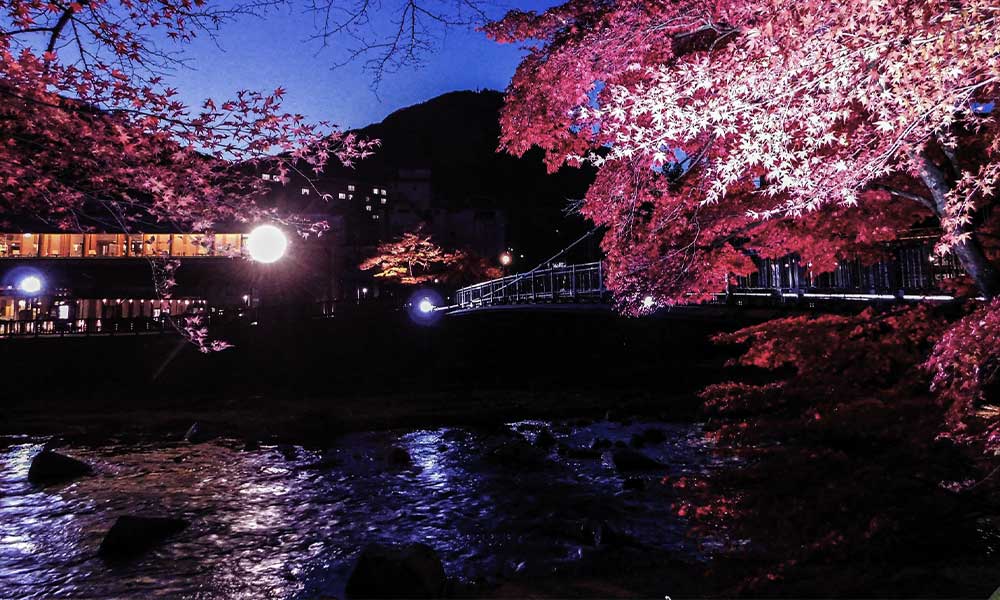
We have Summarized the livability of Nasushiobara City, Tochigi.
NASU AREA那須地域
CONTENTS
- What kind of place is Nasushiobara City?
- Nasushiobara CityPR video
- How is the traffic situation in Nasushiobara City?
- How are the rent and land prices in Nasushiobara City?
- How is childcare and education in Nasushiobara City?
- How about shopping in Nasushiobara City?
- How about jobs and recruitment in Nasushiobara City?
- Nasushiobara City’s unique subsidy/subsidy system
What kind of place is Nasushiobara City, Tochigi?
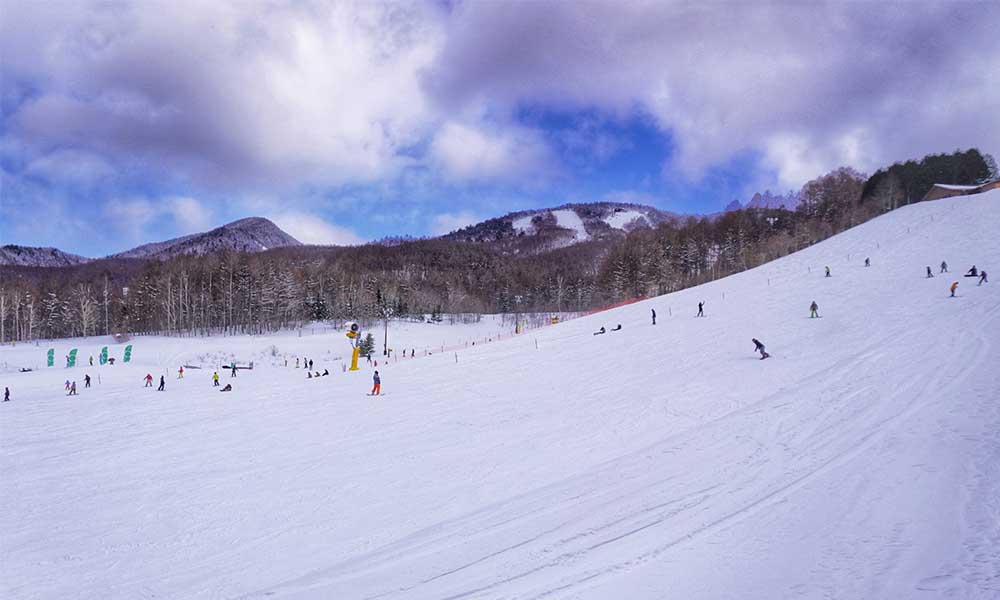
Nasushiobara City is a city rich in nature and tourism resources.
Nasushiobara City is located in the northern part of Tochigi Prefecture, covering an area of approximately 592.74 square kilometers.
It borders Minamiaizu Town in Fukushima Prefecture to the north, Nasumachi to the east, Yaita City and Otawara City to the south, and Nikko City to the west.
The population is about 116,000, with around 52,000 households (as of September 2023).
Nasushiobara City is within 150 km of Tokyo and about 50 km from Utsunomiya City, with about 50% of the area being mountainous.
The mountainous areas are part of Nikko National Park and are famous for their hot springs. The city has many hot spring resorts, such as Shiobara Onsen and Itamuro Onsen, attracting tourists year-round.
The southeastern part of the city features flatlands along the Nakagawa and Hōkigawa rivers, characterized by dairy farming and agricultural areas.
The region enjoys a cool climate typical of highlands above 200 meters, making it a popular summer retreat.
The history of Nasushiobara City dates back to the Edo period when the development of roads flourished, and the “Oshukaido,” connecting the Kanto and Tohoku regions, established it as a post town.
At the same time, new rice field development was actively pursued alongside commercial activities and agriculture.
In the Meiji period, the opening of railways and roads accelerated modernization.
By the Showa period, the establishment of the Shiobara Imperial Villa in 1903 led to the area’s reputation as a vacation spot.
In 1982, the opening of the Tohoku Shinkansen saw the inauguration of Nasushiobara Station.
In the Heisei period, the merger of Kuroiso City, Nishinasuno Town, and Shiobara Town in 2005 resulted in the formation of Nasushiobara City.
Today, the city has urban areas around Kuroiso Station, Nishinasuno Station, and Nasushiobara Station, with a concentration of commercial facilities, and is known for its hot spring areas, balancing nature, commerce, and industry.
Nasushiobara City is well-known for its hot springs, particularly Shiobara Onsen, which has a history of over 1,200 years and symbolizes the city.
Situated along the Hōkigawa River in the Shiobara district, it comprises 11 hot springs collectively known as “Shiobara Eleven Springs.” Each hot spring has different health benefits, making “Yume-guri,” or hot spring hopping, popular among tourists.
Surrounding the gorge are numerous waterfalls and suspension bridges. During the autumn foliage season, the natural beauty created by the leaves and waterfalls attracts many visitors.
The Momiji Valley Big Suspension Bridge, located at the entrance of Shiobara Onsen, is also a popular tourist spot. This pedestrian suspension bridge is one of Japan’s largest, measuring 320 meters in length. During spring and autumn, visitors can enjoy the harmony between the dam and nature from the bridge.
At the foot of the bridge, there is a facility called Forest Station, where local products can be purchased. Visitors can also experience SUP tours, a water sport that involves paddling on a surfboard across the dam lake.
Nasu Senbonmatsu Farm is a popular spot about 5 minutes by car from the Nishinasuno Shiobara IC on the Tohoku Expressway.
Spanning an area equivalent to about 178 Tokyo Domes, it features an area for interacting with animals, hot air balloon experiences, accommodation, and hot spring facilities, making it a great place for families to enjoy a full day of activities.
PR video of Nasushiobara City, Tochigi
Nasushiobara City Immigration and Settlement Support Video “Ns LIFE”
Nasushiobara voyage, Japan
Nasushiobara City’s Initiatives for Child Rearing
How is the traffic situation in Nasushiobara City?
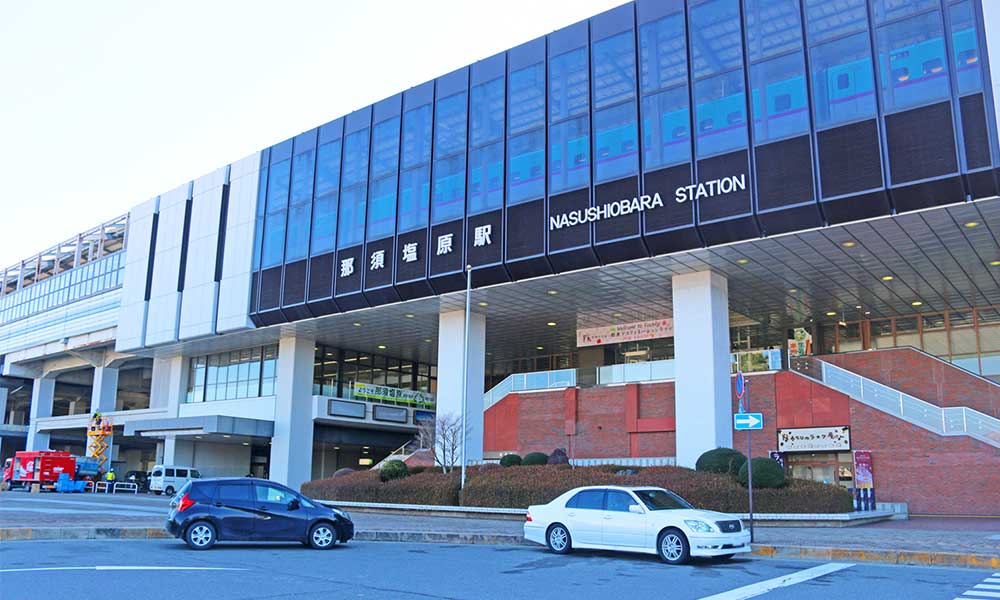
Nasushiobara City has direct trains to Tokyo and is well-maintained on major roads such as expressways.
Nasushiobara City is served by the JR Utsunomiya Line, which includes the Tohoku Main Line and the Ueno-Tokyo Line.
The stations include “Kuroiso Station,” “Nasushiobara Station,” and “Nishinasuno Station,” with Nasushiobara Station being a stop for the JR Tohoku Shinkansen, allowing passengers to board the “Yamabiko” and “Nasuno” trains.
The main roads passing through Nasushiobara City include National Route 4, which runs from Yaita City in the south to Nasumachi in the north, and National Route 400, which connects Otawara City in the east to Nikko City in the west.
The city has access to the Tohoku Expressway, with Nishinasuno Shiobara IC and Kuroiso Itamuro IC available.
Public buses operating in Nasushiobara City include services from Kanto Transport, JR Bus Kanto, and the Otawara City Bus.
Moreover, community buses that circulate around major facilities in the city, such as the Yu Bus and Nasu Town Community Bus, are also available.
It is also possible to access Tokyo by train. There are many expressway interchanges and national highways, so it is convenient to travel long distances and there is little congestion.
Trains and buses are infrequent and difficult to use. Living without a car is inconvenient.
How are the rent and land prices in Nasushiobara City?
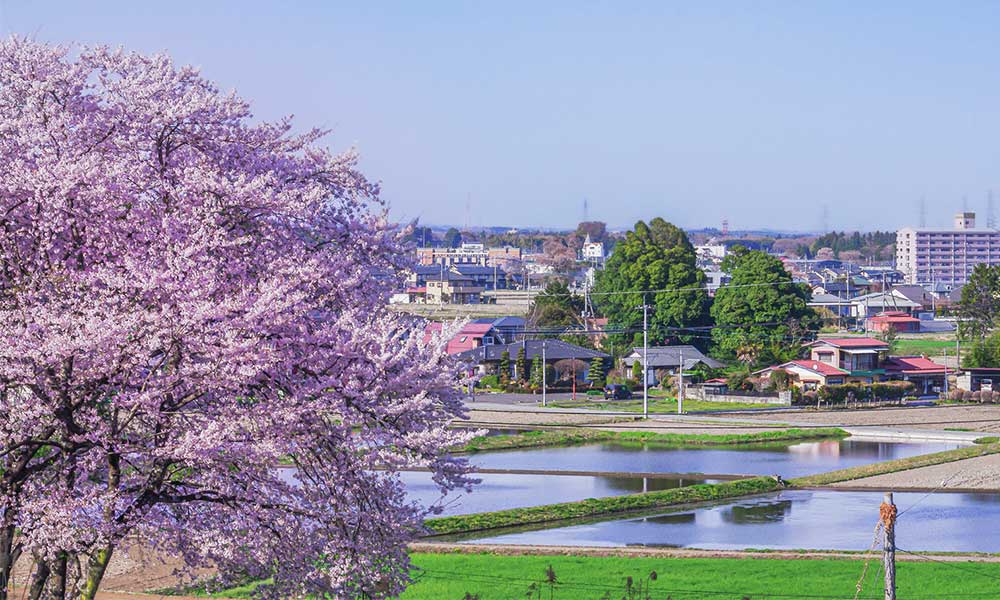
Although the prices are a little high due to the influence of the tourist destination, Nasushiobara City is an attractive place to live with the natural surroundings.
According to information from a real estate information website, the average rent in the city for a newly built apartment within a 10-minute walk from the station is about 65,000 yen for a 1DK and 116,000 yen for a 2LDK. The average land price per tsubo is about 70,000 yen per tsubo.
Nasu-Shiobara city has a variety of housing options, including detached houses, condominiums, and apartments. The area is blessed with nature, with mountains, forests, and lakes all around.
This is an attractive area for people looking for a place to live surrounded by nature.
There are also things to take into consideration, such as demand as a tourist destination and the risk of natural disasters.
How is childcare and education in Nasushiobara City?
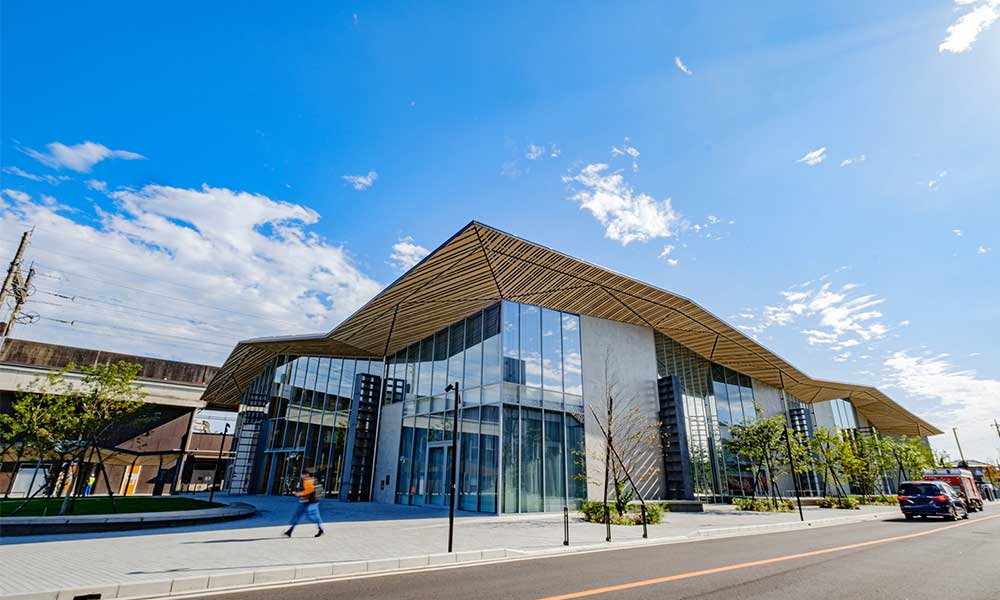
Nasushiobara City has well-developed childcare and educational facilities, making it an attractive place to raise children in a natural environment.
In Nasushiobara City, there are 21 nurseries, 10 kindergartens, 22 elementary schools, 10 junior high schools, 4 high schools, 1 junior college, and 1 vocational school.
The Child Medical Expense Assistance Program covers children under 18 years old (up to March 31 after reaching 18) for both outpatient and inpatient care, providing full subsidies.
Child allowances are provided as follows: 15,000 yen for children under 3, 10,000 yen for the first and second children aged 3 and older until they enter elementary school, 15,000 yen for the third child and beyond, and 10,000 yen for junior high school students.
Nasushiobara City has robust support systems in place.
The Childbirth and Parenting Support Gift offers 50,000 yen to pregnant women who file a pregnancy notification and another 50,000 yen to those raising newborns.
The Child-Rearing Support Coupon Program provides 30 child-rearing support coupons (worth 500 yen each for a total of 15,000 yen) to families raising children, which can be used for child-rearing services and related purchases.
Coupons can be used for child-minding services or temporary care, and the “Family Support Center” creates an environment where those who want to support parenting and those who need support can help each other as members.
Specifically, if parents have work or medical appointments, they can receive transportation or care at a relatively low cost, making it an accessible system.
The Child-Rearing Community Plaza offers a place for households with small children to play and interact with other families. Child-rearing concierges with childcare qualifications are available at certain times to provide support and advice, making it a relaxing space for parents and children.
The Children’s Cafeteria is established at 12 locations in the city, providing nutritious meals free of charge or at low cost to children and their parents.
It also serves as a space for children, helping to combat isolation and providing a place for interaction between children and adults, thus playing a wide range of roles.
There are many places to play with children, such as ranches and parks with large play equipment.
Depending on the location, there may be few street lights and the roads may be dangerous at night.
How about shopping in Nasushiobara City?
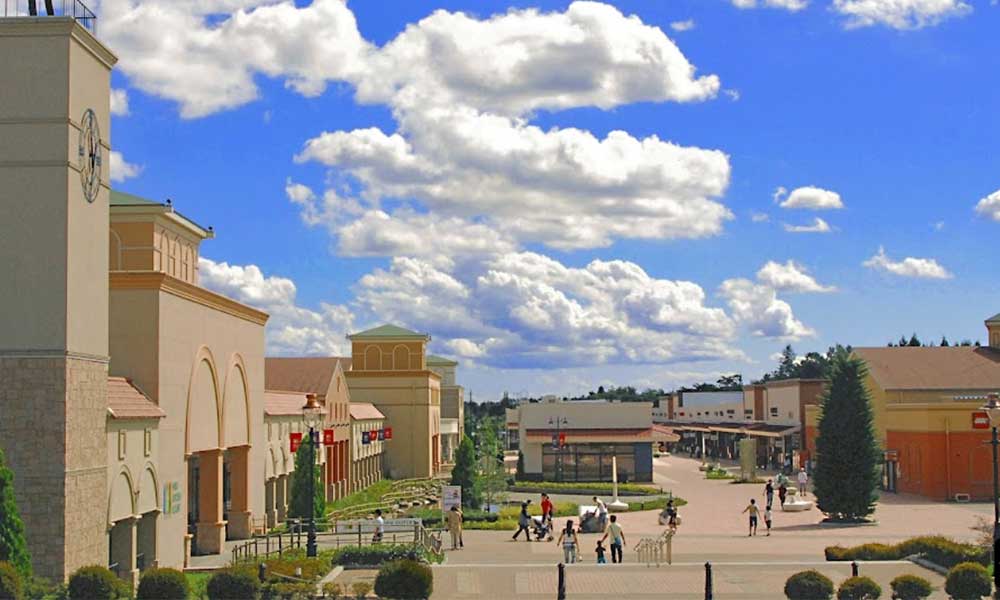
Nasu Garden Out is a town with shops selling local specialties and tourist attractions, where you can get local specialties.
Nasushiobara City has a variety of shopping facilities, including suburban large-scale shopping malls, outlet malls, and roadside stations.
The Nasu Garden Outlet is a relatively new shopping facility that opened in 2008. It features a collection of stores offering outlet clothing from popular brands, attracting many visitors daily.
Additionally, taking advantage of its proximity to the Nasu Highlands, it includes a “Loco Market” for souvenirs, the “Nasu Royal Berries Farm” where you can purchase blueberry products, and the “Animal Interaction Area” at the “Nasu Animal Kingdom,” which is also highly popular among tourists.
The roadside station Meiji no Mori, Kuroiso allows visitors to purchase local agricultural products and stroll through its spacious grassy areas. It also features the former Aoki Family Nasu Villa, which is designated as an Important Cultural Property of Japan and is open for public viewing.
The roadside station Yunoka Shiobara is located in the Shiobara Onsen area, where visitors can buy fresh local vegetables and souvenirs.
Moreover, there are rural restaurants and cafes, and events with food trucks are held on holidays, making it a popular spot for many tourists.
Additionally, there are about 16 supermarkets in the city, mainly including York Benimaru and Super Ohtani.
There are many large supermarkets and roadside stations, so you will never have trouble finding something to buy.
Due to the large number of tourists, popular facilities tend to be crowded, especially on holidays.
How about jobs and recruitment in Nasushiobara City?
Nasushiobara City is a city centered around tourism and the service industry, but where you can also see local industries and shops.
The average annual income in Nasu-Shiobara is 3,090,000 yen.
Agriculture is the main industry in Nasu-Shiobara, but the manufacturing industry is also thriving.
In the agricultural field, in addition to rice and vegetables, dairy farming is also thriving.
The area is home to some of the largest dairy farming areas in the country, and raw milk production is thriving. In terms of the manufacturing industry in the city’s overall agricultural output, there are numerous industrial parks within the city, and many factories in fields such as transportation machinery, rubber products, and food products can be found.
This is an area where you can expect to find jobs related to the above fields.
There are relatively many tourism-related job openings in hotels, inns, restaurants, tourist facilities, etc. Demand can be particularly high during tourist seasons and holidays.
A shortage of young workers and professionals can be an issue, so you may find that job opportunities are limited and wages and working conditions are poor.
Nasushiobara City, Tochigi’s unique subsidy/subsidy system
Nasushiobara City, Tochigi’s unique relocation assistance and relocation subsidy system
| Nasushiobara City Relocation Support Grant Shinkansen Commuter Pass Purchase Subsidy Nasushiobara City Relocation Support Subsidy Nasushiobara City Relocation Assistance Subsidy |
Nasushiobara City, Tochigi’s unique housing assistance and subsidy system
Nasushiobara City, Tochigi’s unique childcare support system
| Book Start Distribution of Child-Rearing Support Garbage Bags Child-Rearing Support Voucher Program Maternity and Child-Rearing Support Gift |
Nasushiobara City, Tochigi’s unique system for further education and tuition assistance/subsidies
| Long-Distance Commuting Expense Subsidy School Enrollment Assistance Scholarship Program |






